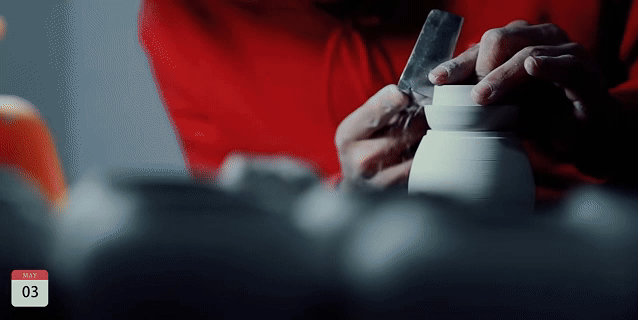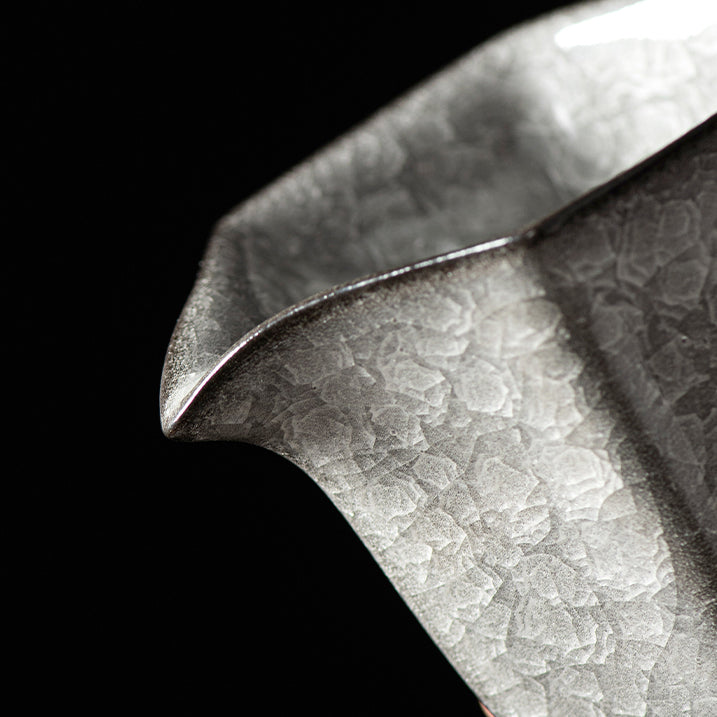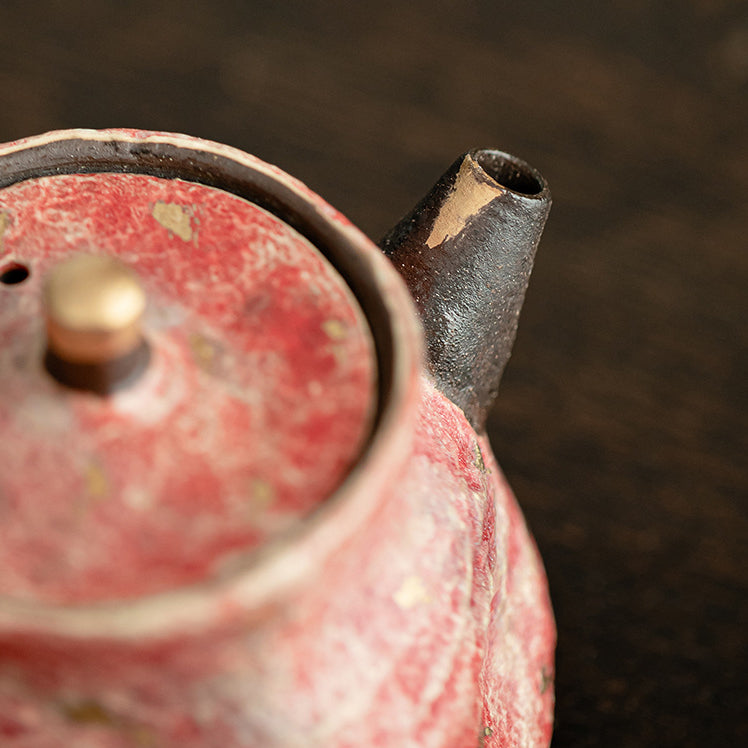


"A Kiln’s Legacy in Every Cup"
"From 128 spins of time,Through 48 hours of fire’s embrace,This cup carries moonlight written by Ming Dynasty hands,A fragment of 7,000 years—now in yours."
Simplified Ceramic Making Process Illustration
classify
-

Portable Tea Set
Crafted for Modern Nomads Experience authentic tea rituals anywhere with ZenTripper—the ultimate...
-

Rock - Mineral Painted Pottery
Unique Natural Raw Materials: Natural rock minerals are used as the source...
-

Porcelain Teaware
Chinese porcelain, known for its delicate beauty and superior craftsmanship, has a...




























